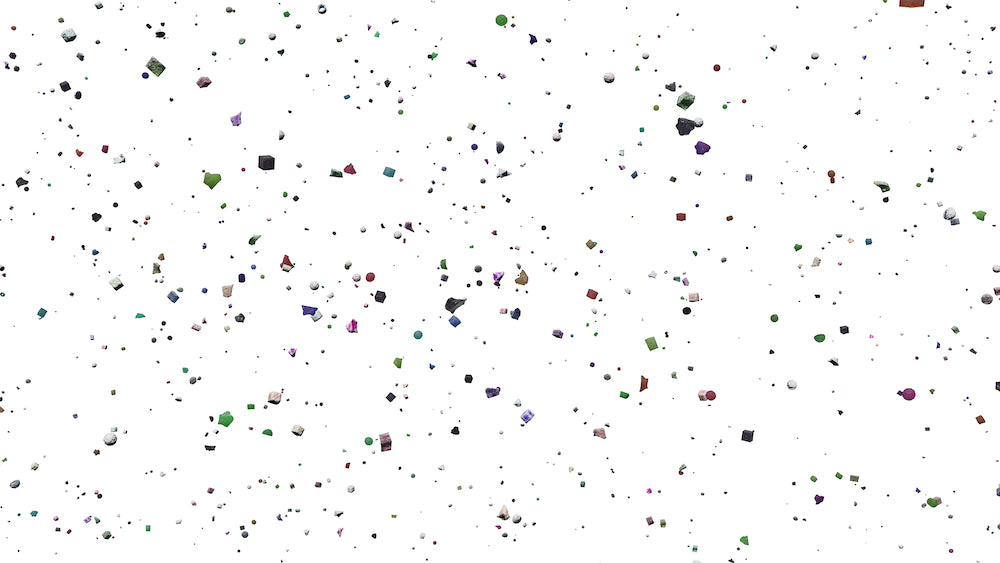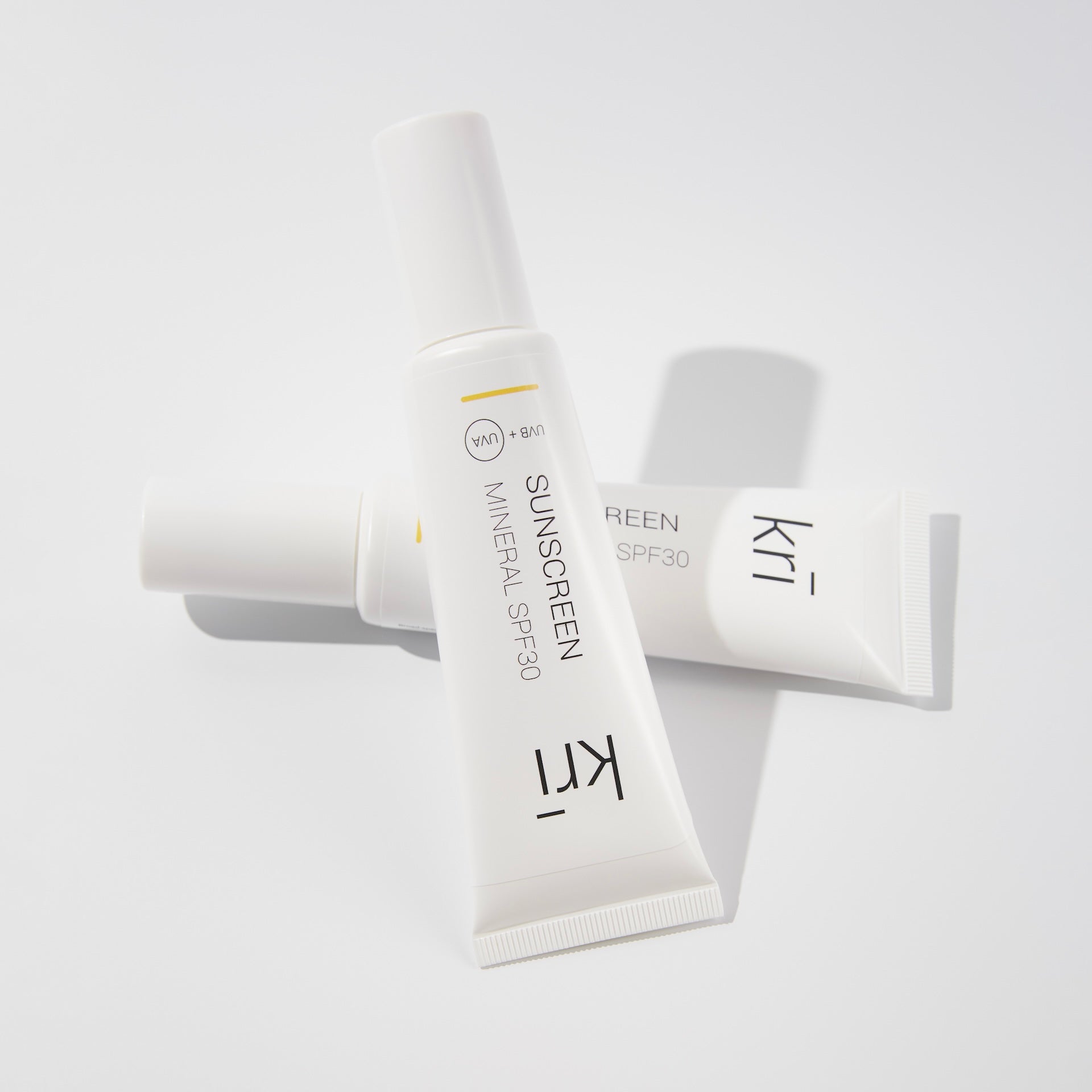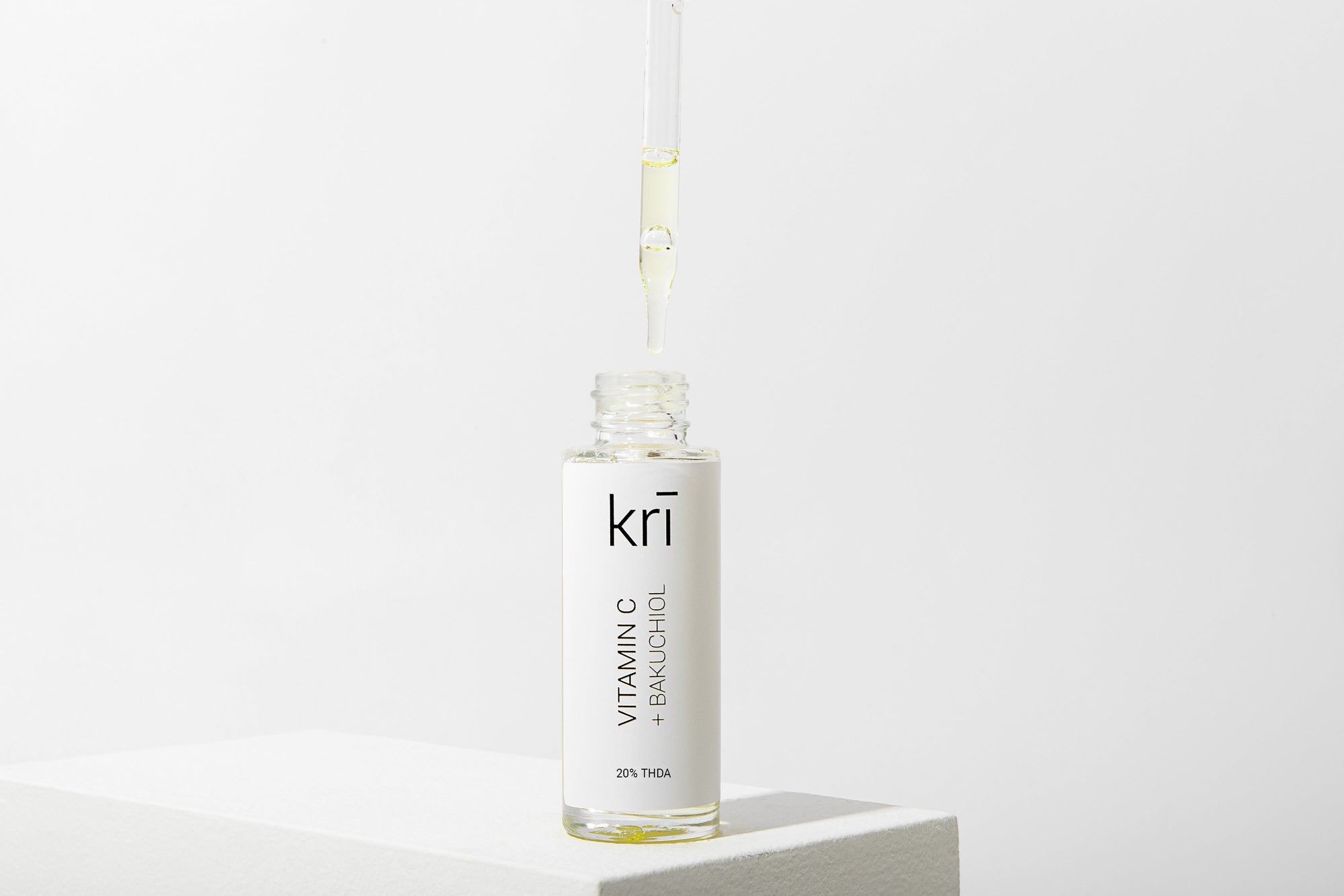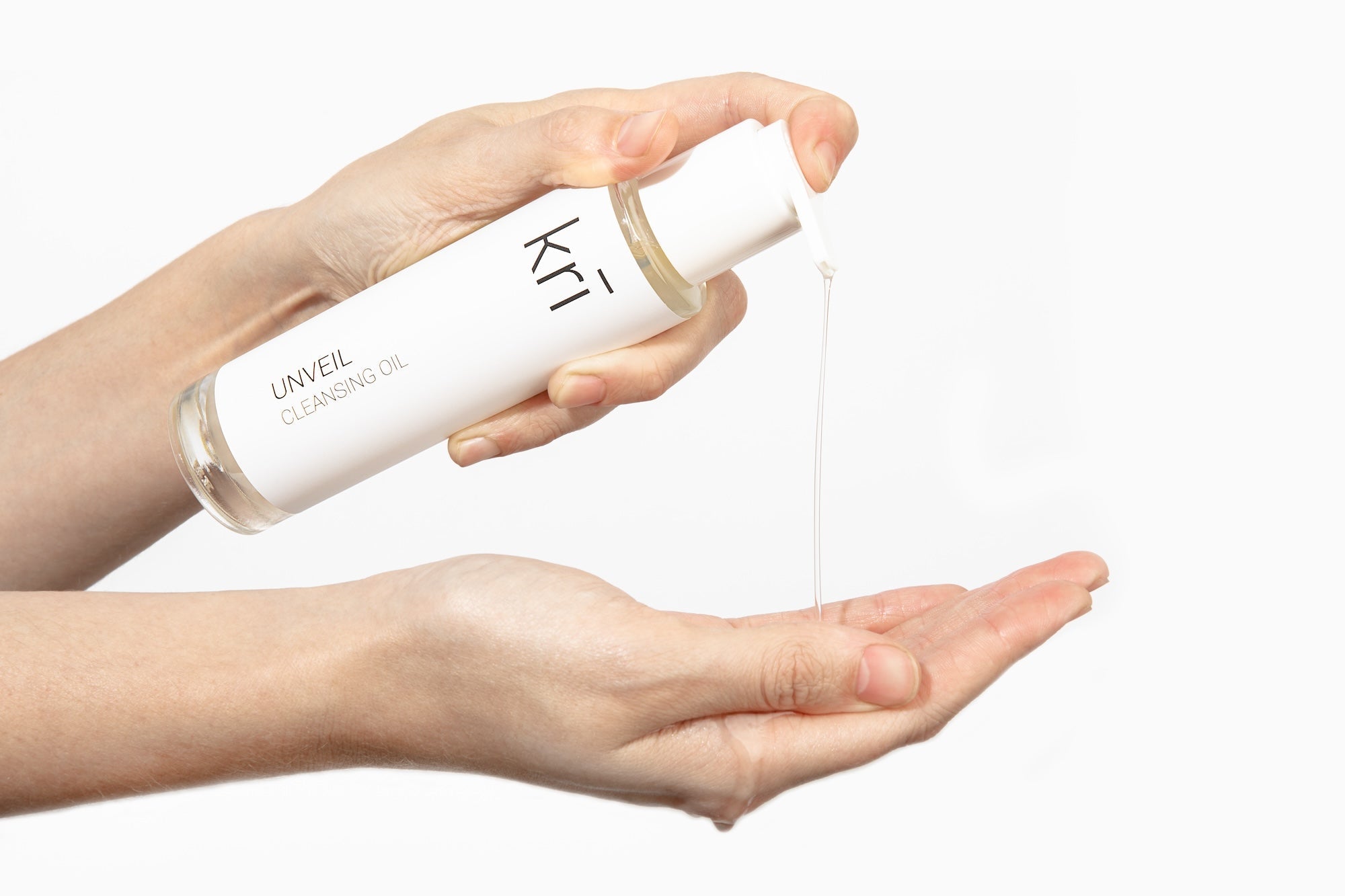Skincare should not outlast you. Yet the plastic particles found within many personal care products will take hundreds - or even thousands - of years to break down into harmless molecules. During that time, the consequences for the surrounding environment can sadly be pretty dire.
I'm not talking packaging here, though that is just as important when it comes to the impact the beauty industry has on the planet. What I'm talking about is microplastics.
What Are Microplastics?
From textiles (called microfibres) and exfoliating scrubs (called microbeads) to silicones and petrochemicals, plastics are everywhere when it comes to personal care and cosmetic products (PCCPs). You can find them in toothpaste, shower gel, shampoo, eye shadow, deodorant, blusher, foundation, face creams, hairspray, nail varnish, primer, mascara, shaving cream, cleansers, bubble bath, body lotions, hair dye, bug spray, sunscreen... The list goes on and on.
Officially defined as being smaller than 5mm in diameter, these pieces of plastic often aren't even visible to the eye. As they are so tiny, most people aren't even aware that the products they are using contain these microplastics, nor do they know that every time they wash their face little particles are rinsing away down the drain and into the wastewater systems which can then find their way into streams, rivers, and the world's oceans. Sometimes the sludge that accumulates from these nondegradable ingredients is even used as fertiliser for crops. Not exactly what you thought would happen to your face mask when it washes off, is it?

Why Are Microplastics A Problem?
According to recent research, PCCPs that contain microplastics share five qualities: they are synthetic, insoluble in water (meaning they cannot dissolve), solid particulates (rather than permanently liquid), nondegradable, and the plastic pieces are 5mm are smaller. These common traits mean that these types of ingredients end up posing a dangerous trio of threats, being long lasting, not able to be caught by existing water treatment systems, and easily ingested by wildlife.
Let me be clear – there are naturally occurring substances that cannot easily return to nature too (such as oxybenzone, a main ingredient in many sunscreens), but these 'organic compounds' take far less time to degrade. The truth is, the vast majority of ingredients that are not able to biodegrade are plastic based, and once they enter the environment they are impossible to remove.
Why Are Microplastics Used?
Microplastics are often added to provide a blurring effect for anti-aging or makeup products, act as emulsifiers (combining oil and water), serve as a bulking agent, create a film (a smooth covering across skin or hair), control viscosity (thickness), work as an exfoliator, help with time release for active ingredients, boost skin conditioning, and sometimes just providing pure aesthetic with glitters or vibrant colours. Plastics are certainly versatile, and the beauty industry has latched onto these synthetics to serve their needs.
However, the adaptability of non biodegradable ingredients like microplastics is far from worth it, with the risks and environmental impact far outweighing the benefits.
So how do we recognise when there are non-degradable ingredients in our products?
How To Spot Microplastics
If you're looking to avoid non-degradable substances in your products, the best thing to do is to look at the INCI (ingredient list) and scan for common culprits.
An easy way to catch those pesky non-degradable ingredients is to look for names starting with poly or containing silox, like polyethylene, polypropylene, and polyurethane as well as trimethylsiloxysilicate and cyclopentasiloxane. However, it is important to remember that the PCCP industry is savvy and plastic based ingredients often go by many different names. The best way to ensure your beauty routine is biodegradable is to buy from a brand who truly delivers on microplastic-free promises and that you can trust to provide environmentally friendly formulas.
- Bryanna Martonis is Krī Skincare's staff content writer, an ethical lifestyle blogger and beauty awards judge.




